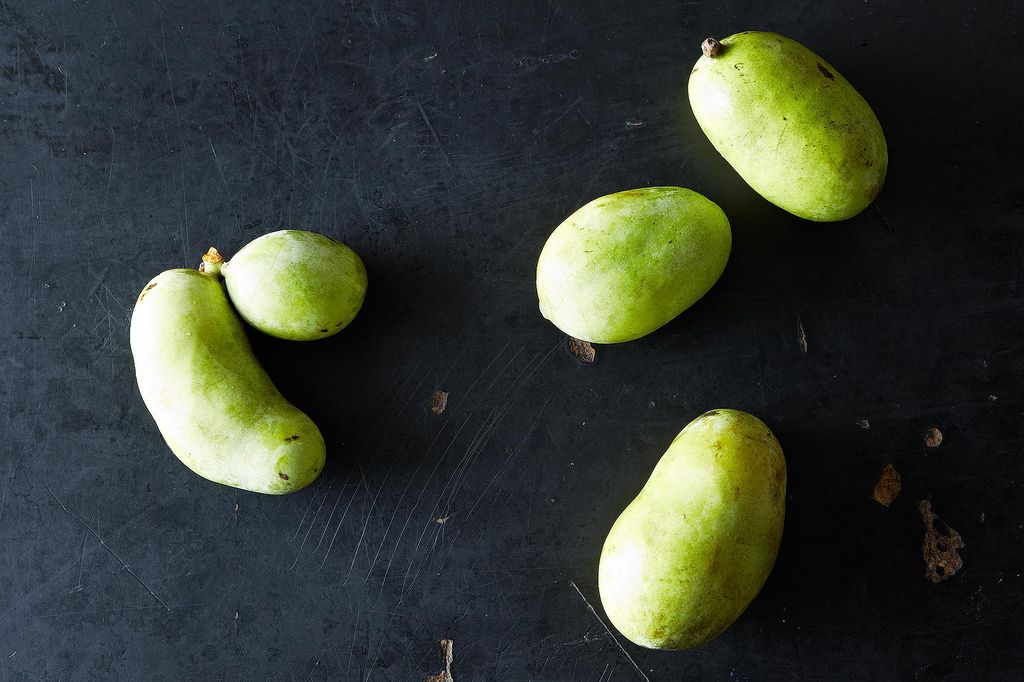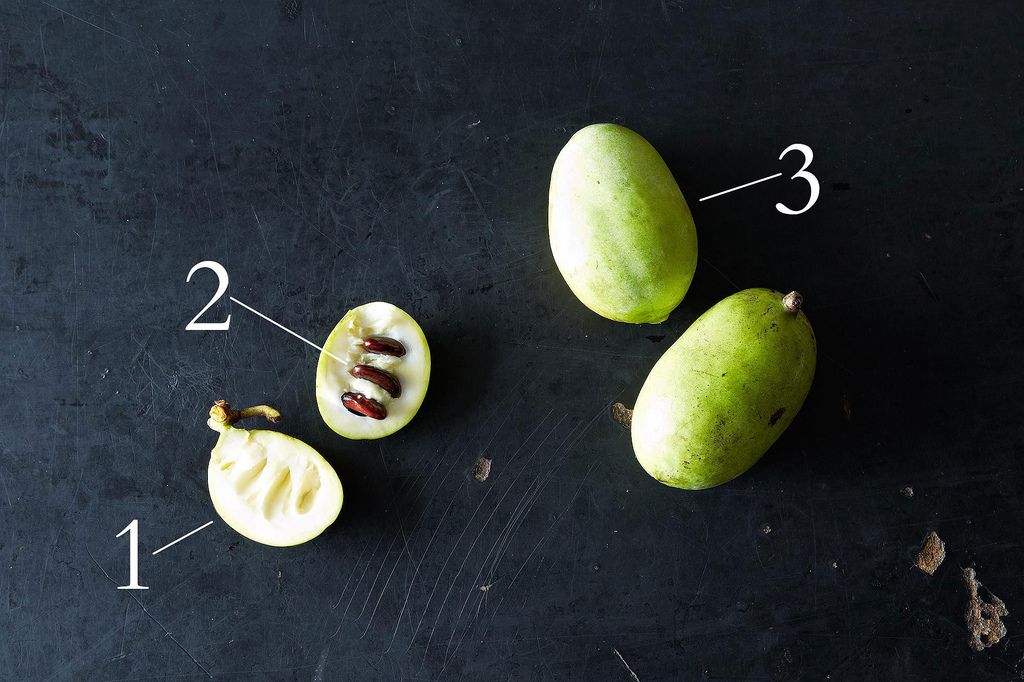Popular on Food52
9 Comments
sally C.
October 30, 2013
Pawpaw just made an appearance at the Union Square Market in NYC. http://bit.ly/1ivPTJO
Jan W.
October 25, 2013
Article is a little untimely, paw paw season is practically over by now - usually late Sept./early October. I made paw paw ice cream a few weeks ago and it was fantastic - came from a farm in southern Indiana.
Lindsay-Jean H.
October 25, 2013
You're right, it's the very end of their season, but we were able to find them recently, so hopefully others will too. If not, there's always next year!
Kenzi W.
October 25, 2013
They just started popping up in NYC markets in the last couple of weeks, actually -- and a store down the road from me just got them in. Maybe they're untimely, too, but pawpaws are still available.
Hilarybee
October 24, 2013
Paw Paw festival is one of the highlights of my year. They are fantastic in ice cream.
Sarah J.
October 24, 2013
I'm so lucky that I got to try this last week! It reminded me of a mild mango or custardy banana. Yum.
Panfusine
October 24, 2013
Wow, never tasted or even seen one before, Is there a link to a reliable online source to buy the frozen pulp Lindsay?
Lindsay-Jean H.
October 24, 2013
I'd try a source that Neal Peterson (a plant scientist who has spent decades breeding the pawpaw) lists -- Earthy Delights (http://www.earthy.com/Pawpaws-C249.aspx).



See what other Food52 readers are saying.